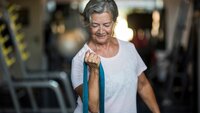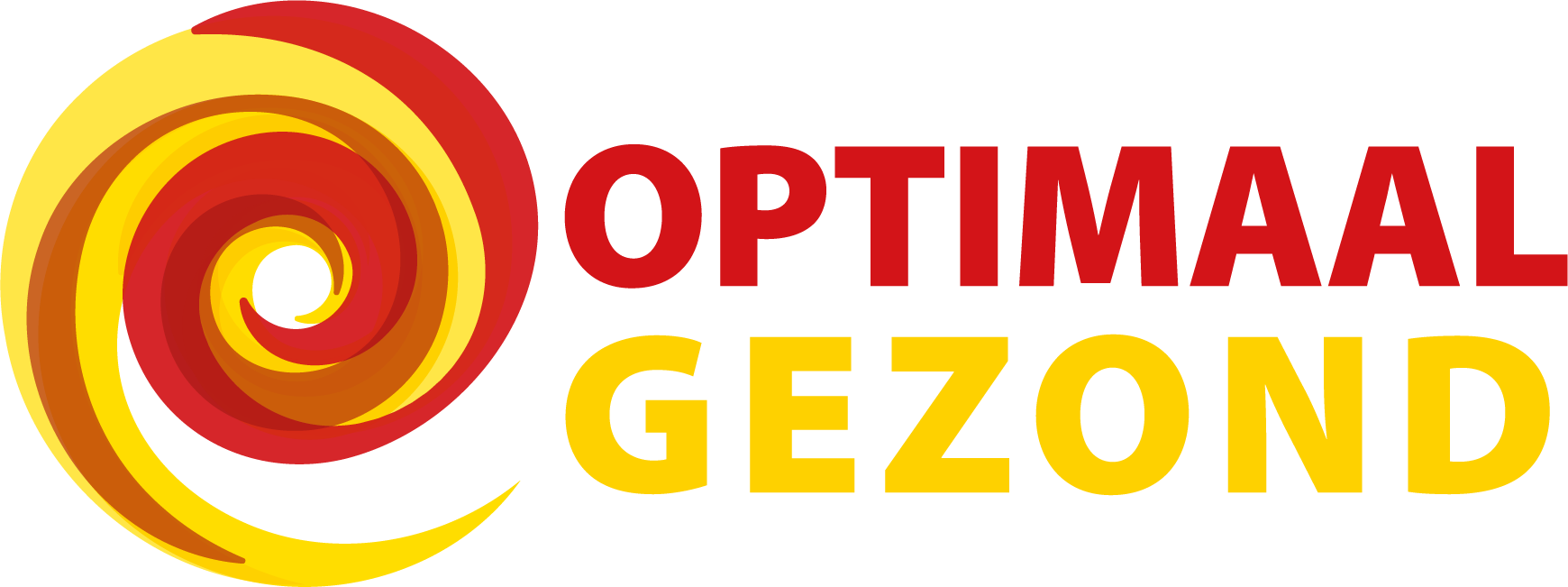There are no products in your shopping cart yet.
Menopause and muscle mass building.

Menopause is a natural process that occurs in women when menstruation stops. It is often accompanied by various hormonal changes that can significantly impact quality of life, including the ratio of muscle to fat. During the transition phase, women primarily experience a progesterone deficiency. In menopause (defined as one year without menstruation), an estrogen deficiency is added to the mix. Thus, women face both progesterone and estrogen deficiencies during this time.
The Importance of Muscle Mass During Menopause
Maintaining muscle mass and strength is a critical factor for overall health and the preservation of functionality in older age. Muscle mass can prevent the need for a walker, reduce the risk of falling, and help ensure that you can get back up independently if you do fall. It's also incredibly satisfying to be able to carry your groceries yourself and run up the stairs without difficulty.
The loss of muscle mass with aging, also known as sarcopenia, is a natural and progressive process. Muscle loss often begins around age 30 and accelerates as you age. During menopause, this loss can happen quickly. After the age of 70, muscle loss can increase by as much as 3% per year!
The Role of Progesterone and Estrogen Deficiencies
The hormonal changes during menopause, specifically the decrease in progesterone and estrogen, play a significant role in sarcopenia. These hormones regulate body composition. Reduced estrogen levels can lead to an increase in fat tissue, while decreased progesterone may cause muscle loss.
Other Factors Contributing to Sarcopenia
-
Other Hormonal Changes: Changes in other hormone levels, such as decreased production of growth hormone and testosterone, can contribute to muscle loss. Insulin resistance (where insulin is less effective, leading to an overproduction of insulin that hardly reaches the cells) also affects muscle mass and fat development. Insulin resistance can cause much of what you eat to be stored as fat.
-
Decreased Protein Synthesis: Older adults may process proteins less efficiently, leading to reduced protein synthesis in muscles. Additionally, older individuals may tend to consume less protein.
-
Oxidative Stress and Inflammation: Factors such as oxidative stress and chronic inflammation can accelerate the process of muscle loss. Oxidative stress occurs when the balance between the production of reactive oxygen species and the body's ability to neutralize them is disrupted, causing cell damage. This disruption is associated with various health issues, including aging, neurodegenerative diseases, and inflammatory conditions.
-
Reduced Physical Activity: A decrease in physical activity, which often occurs as people age, contributes to sarcopenia. Inactivity reduces the mechanical load on muscles, which can contribute to muscle loss.
Effects of Menopause on Sports Performance
Exercising often becomes more challenging during menopause (and even during the transition phase). But why?
-
Hormonal Fluctuations: The decline in estrogen levels during menopause can lead to changes in energy levels, mood, and muscle recovery. This can impact motivation and the ability to exercise regularly.
-
Temperature Regulation: Estrogen plays a role in regulating body temperature. During menopause, hot flashes and night sweats can occur, affecting comfort during exercise.
-
Joint Health: Estrogen influences connective tissue and joint health. Reduced estrogen levels can lead to joint problems in some women, affecting their ability to participate in certain sports.
Benefits of Exercising During Menopause
Exercise offers numerous benefits for overall health and well-being during menopause:
-
Weight Regulation: Many women experience changes in body fat distribution during menopause. Regular exercise, including both cardio and strength training, can help manage weight and maintain a healthy body composition. Each pound of muscle burns 35 to 50 calories per day, while each pound of fat burns only 2 calories per day. Non-exercising women over 50 have a 10% lower resting metabolism than those who exercise, burning 600 fewer calories per week. Without adjusting their diet, this could result in a weight gain of up to 4 kilograms per year!
-
Bone Health: Weight-bearing exercises, such as walking, running, and strength training, can promote bone density and reduce the risk of osteoporosis, which is especially important during menopause.
-
Mental Health: Physical activity is known for its positive effects on mood and reducing stress and anxiety. This can be particularly valuable during menopause, as hormonal fluctuations can sometimes cause emotional ups and downs.
-
Cardiovascular Health: Regular exercise strengthens the heart and improves circulation, reducing the risk of cardiovascular disease, a major concern post-menopause.
-
Sleep Quality: Regular exercise can improve sleep quality. Many women experience sleep problems during menopause, and physical activity can help promote a healthy sleep pattern.
-
Managing Hot Flashes: While the relationship between exercise and hot flashes during menopause is complex, some studies suggest that regular exercise may help reduce the frequency and intensity of hot flashes in some women.
-
Increased Energy Levels: Despite the fatigue that can sometimes accompany menopause, regular exercise can boost energy levels and reduce fatigue.
-
Self-Confidence and Positive Body Image: Exercise builds self-confidence. You feel physically and mentally strong. Being able to take out a heavy trash bag without any trouble is just a great feeling. You feel better about yourself. You feel the strength. And even if you're not entirely satisfied with what you see in the mirror, it still looks better thanks to exercise—firmer, better-shaped, more flexible, and upright.
Can You Still Build Muscle After 50?
Yes, women can definitely build muscle after 50. It may take a bit more effort, but the results are more than worth it.
How to Reverse Muscle Loss and Build Muscle Mass
-
Strength Training: Resistance training or strength training is crucial for maintaining and building muscle mass. It stimulates protein synthesis and enhances muscle strength and size. Push through any initial resistance and go to the gym, train with heavy weights, and enjoy the results.
-
Balance Plus Cream: Ensure that both progesterone and estrogen levels are increased.
-
Sufficient Protein Intake: Maintaining adequate protein intake throughout the day is important for muscle preservation. It's often seen that women who eat a vegetarian or vegan diet don't get enough protein. Aim for 1.5 to 2 grams of protein per kilogram of body weight. For example, if you weigh 65 kg, that's around 130 grams of protein. Note that this is not a piece of meat or fish weighing 130 grams, but much more. Each protein source provides a certain amount of protein. You can use an app like Fatsecret to keep track.
Always opt for the fatty variant of meat or fish. You need this fat, especially if you want to lose weight. The fat also reduces stress and is beneficial for all processes in your body. The downside of vegetarian protein sources is that you need to eat a lot of them, which means you'll also consume a lot of carbohydrates. This, in turn, promotes insulin resistance.
Be careful with eating nuts—they're easy to overeat. Dairy is usually not recommended if you're trying to lose weight. Only consume dairy if you can digest it well. If you often have a runny nose, eczema, a sluggish feeling, poor sleep, or similar discomforts, try cutting out dairy for two weeks and see if you feel better.
Conclusion: Muscle Mass During Menopause
You can maintain sufficient muscle mass well into old age, allowing you to remain independent. You'll feel good, fit, full of energy, and confident.
- Ensure your hormones are balanced by using Balance Plus Cream.
- Eat 1.5 to 2 times your body weight in protein, along with sufficient healthy fats. Minimize carbohydrate intake as much as possible.
- Go to the gym at least three times a week for weight training.
- Stay as active as possible—walk, bike, climb stairs, do yoga
 English
English


